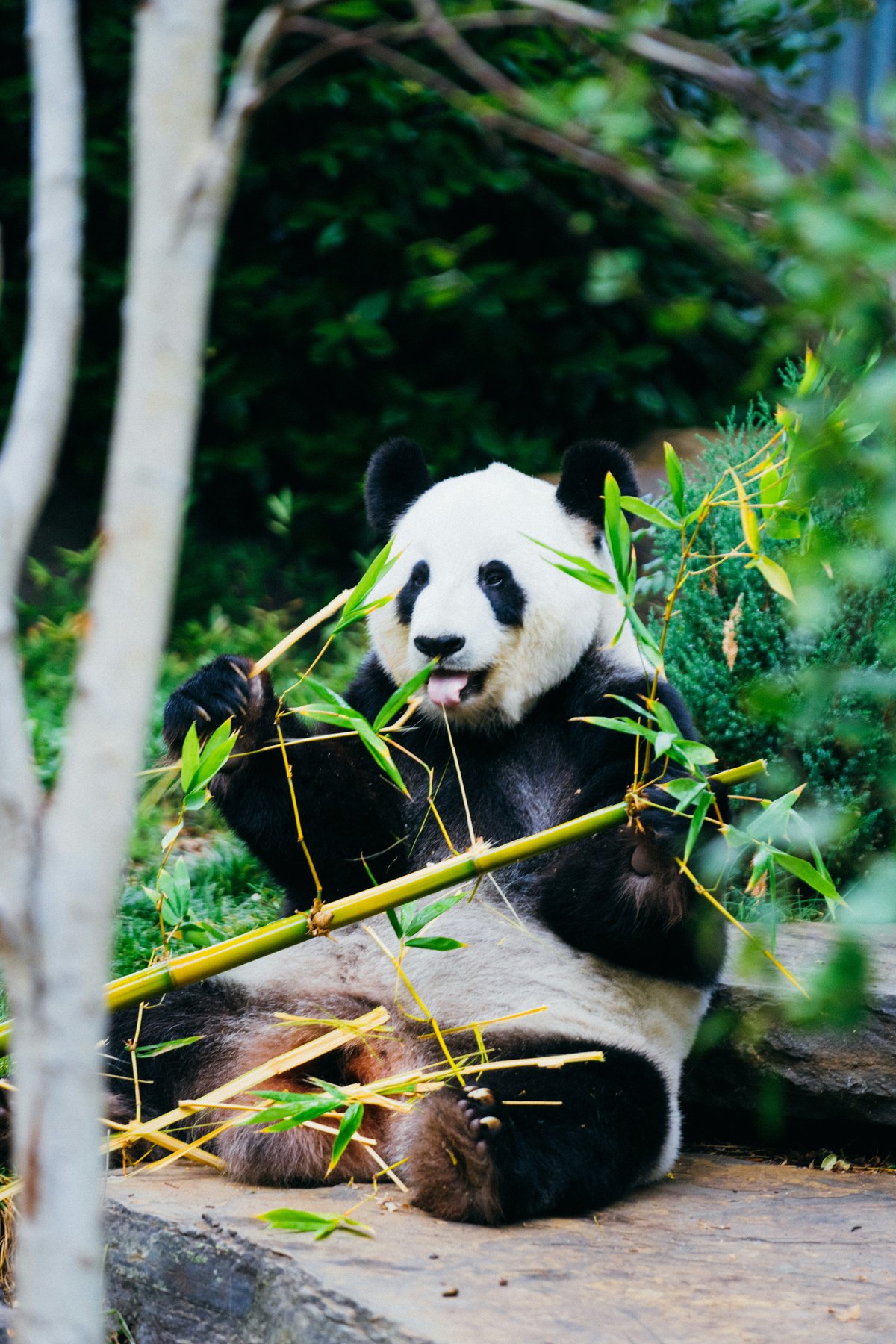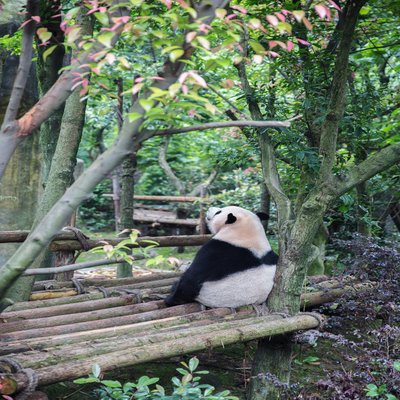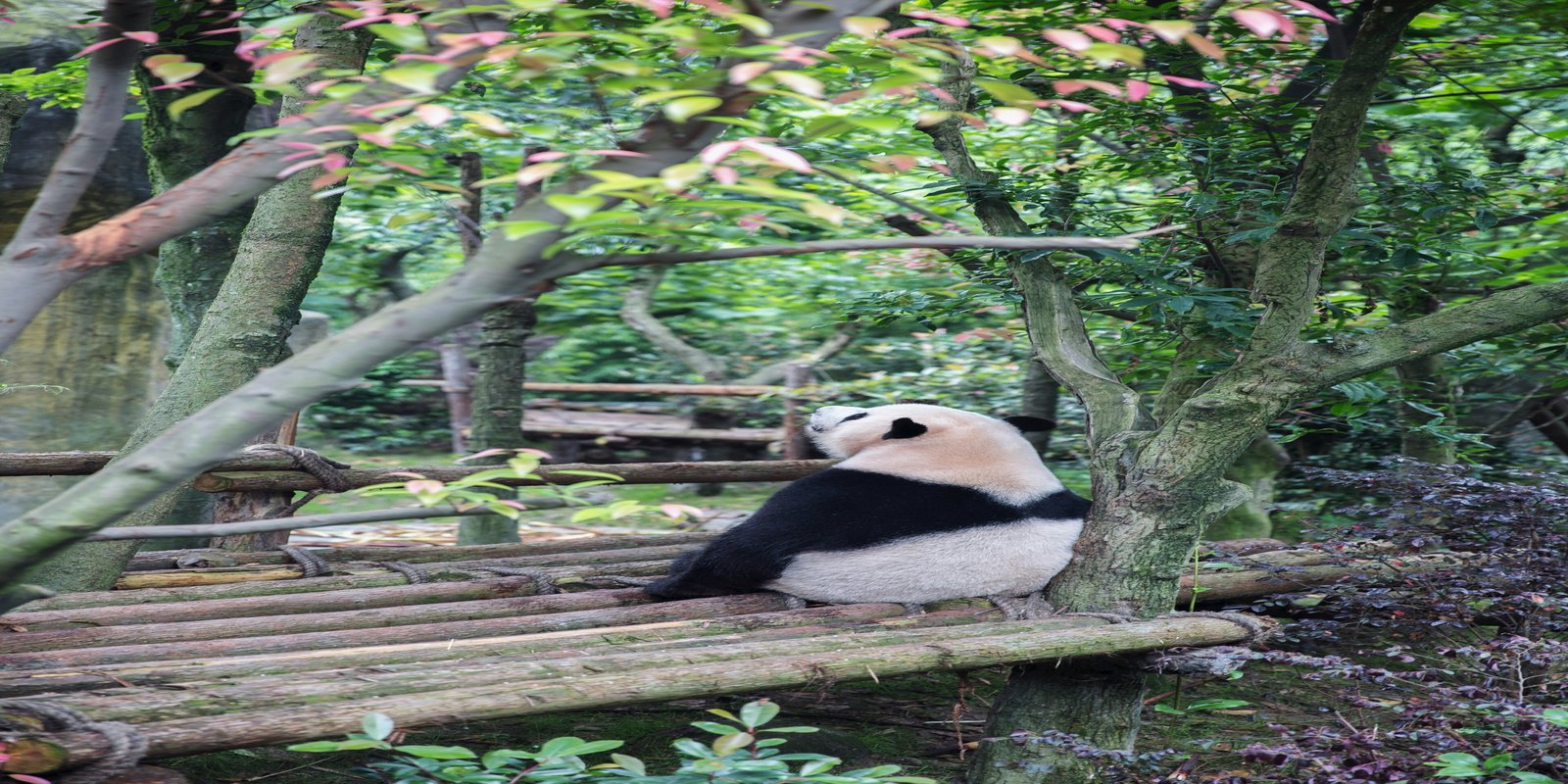Panda Image Optimization Example
Panda Image Optimization Example
This post demonstrates Hugo’s powerful native image optimization capabilities using high-quality panda photographs. The images are automatically optimized for different screen sizes, bandwidths, and device capabilities.
Features Demonstrated
- Multiple Format Generation: WebP for modern browsers, JPEG fallback for compatibility
- Responsive Sizing: Different image sizes for mobile, tablet, and desktop
- Quality Optimization: Balanced quality settings for optimal file size
- Lazy Loading: Images load as they come into view with placeholder transition
- Placeholder Support: Default SVG placeholder while images download
Single Optimized Image

This image is automatically optimized into multiple sizes (400px, 800px, 1200px) and formats (WebP + JPEG) for optimal performance across all devices.
Gallery with Multiple Images


Hero Image Example

Technical Details
Image Processing Pipeline
- Source Images: High-resolution JPEG files from
modules/images/content/images/panda/ - Generated Sizes: 400px, 800px, 1200px widths
- Formats: WebP (modern browsers) + JPEG (fallback)
- Quality: 85% for optimal balance of quality and file size
- Lazy Loading: SVG placeholder with smooth transition effects
Performance Benefits
- Bandwidth Savings: Up to 30% smaller files with WebP format
- Faster Loading: Appropriate image size served based on device
- Better UX: Smooth loading with placeholder and transition effects
- SEO Friendly: Proper alt text and structured markup
Browser Support
- Modern Browsers: Receive optimized WebP images
- Legacy Browsers: Automatically fall back to JPEG format
- All Devices: Responsive images adapt to screen size and pixel density
Implementation Notes
This example uses Hugo’s global resource system to reference images from modules/images/content/images/panda/. The images are processed on-demand using Hugo’s native image processing pipeline and cached for optimal performance.
The placeholder functionality uses the default SVG from modules/images/assets/placeholders/default_image.svg to provide a smooth loading experience while the optimized images are downloaded.
Hugo Asset Pipeline Features Used
- resources.Get: Accesses images as global resources
- Image.Resize: Generates multiple sizes with quality settings
- WebP Generation: Automatic format conversion for modern browsers
- Picture Element: Responsive images with format fallbacks
- Lazy Loading: Intersection Observer API with placeholder support